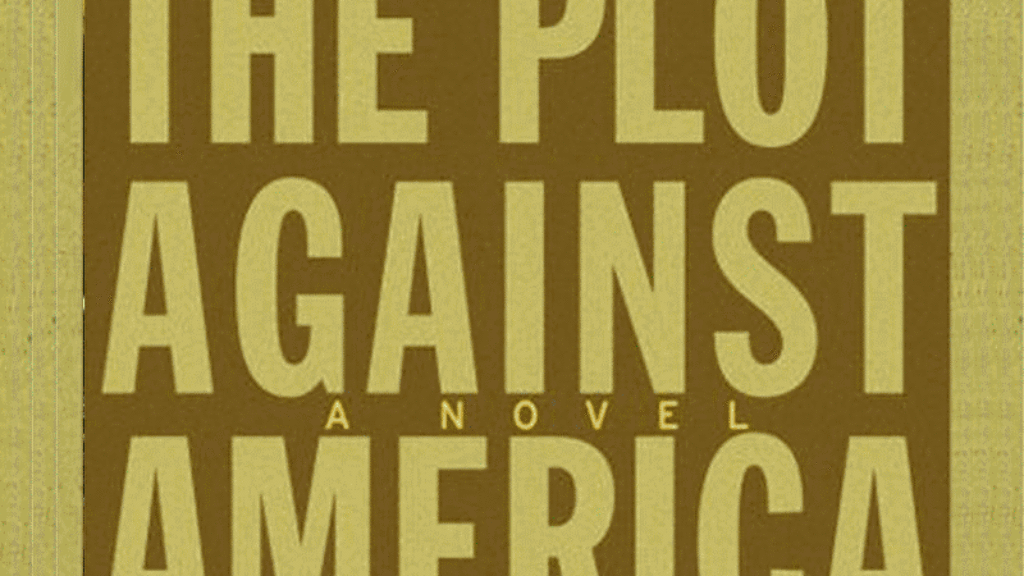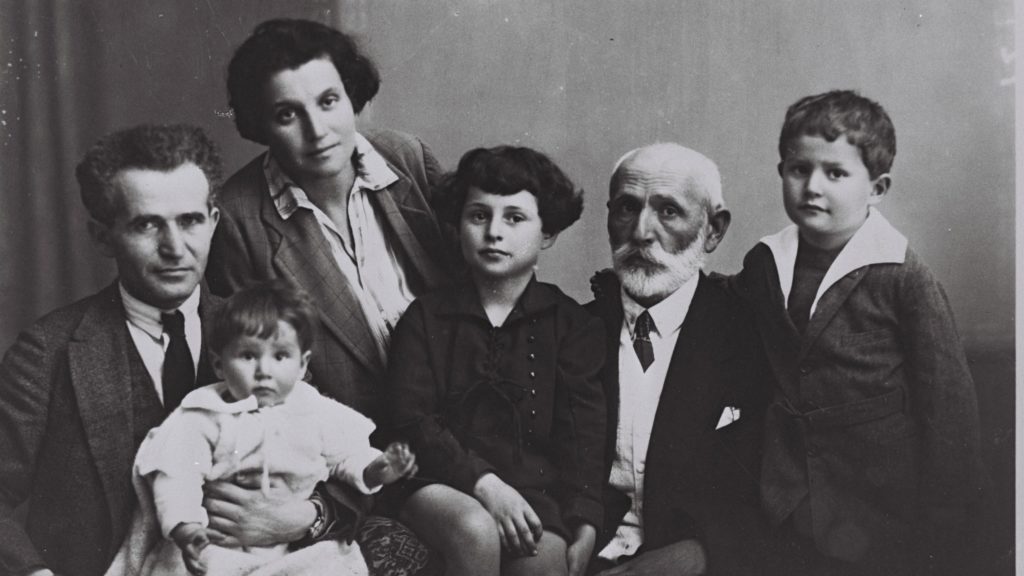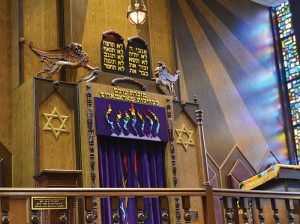Marmorshers!
About 15 years ago when we moved from Cleveland Heights to the University Heights-Beachwood neighborhood, a couple of miles away, a neighbor asked which shul we would go to in the new neighborhood. “I don’t know,” I said, “we’ll be right down the road from Green Road Synagogue.” “Oh, you can’t go there,” she said, “they’re Marmorshers!” When I looked back at her blankly, she said, “you know, in the Old Country, they were horse thieves.” I understood right away that, though my neighbor was herself the child of survivors, “the Old Country” was, for her, an imaginary place, equal parts ArtScroll and Fiddler on the Roof (with maybe a little bit of the Wild West thrown in). Still, I left the conversation with the entirely erroneous, in fact libelous, impression that “Marmorsher” was Yiddish slang for horse thief.
It wasn’t until the second or third time that I had gone to Green Road Synagogue (now my shul) that I realized just how libelous this was. Looking up from my seat in one of the back rows, I saw the words Mazkeret Olam le-Kehillot Marmarosh (in everlasting memory of the communities of Marmarosh) inscribed above the aron kodesh (holy ark), and the leu—if I have my pre-war Romanian coinage right—dropped. Later, I leafed through the terrible pages of a yizkor bukh for the martyrs of Carpathia and Marmarosh that is set on a lectern beneath a dramatic bas-relief Holocaust memorial in the synagogue lobby.
Before World War II, about 70,000 Marmorshers lived in dozens of little communities in the eastern Carpathian mountains in modern-day Romania, bordering on Czechoslovakia, Hungary, and Ukraine. To the extent that my neighbor’s casual calumny meant anything at all, it was that these were not, for the most part, cosmopolitan, learned, or, perhaps most relevantly, misnaged Jews. Many of them worked in one or another part of the lumber business and followed, with more or less fealty, the Hasidic courts of Satmar, Vizhnitz, Belz, and others. Those who made it to Cleveland after the Shoah were not (or no longer) Hasidim, but they were not very much like the stringent, bookish Lithuanian talmudists who had re-established the prestigious Telshe Yeshiva nearby either.
In his posthumous collection of halakhic responsa and memoirs, Readings on Marmarosh, the rabbinic scholar Elieser Slomovic depicts the everyday religious life of the early 20th-century Marmorshers, among whom he was raised. In these pages, we find, for instance, someone asking Rabbi Eliezer David Grunwald whether he can go to the circus. After all, seeing the strange animals (and possibly humans) enables one to say the blessing recognizing the variety in God’s creation (meshaneh ha-briot). Rabbi Grunwald is unimpressed. Of his teshuvah (response), Slomovic remarks that “there is no scarcity of statements in the Talmud decrying visits to the circus and similar institutions, and it seems that R. Grunwald quotes them all.”
In another letter, this one to Rabbi Yoel Teitelbaum, the then-young Satmar Rebbe (he lived from 1887 to 1979), a worried husband questions the remedy that the Rebbe has prescribed for his wife’s tendency to miscarry. She was to make a new Torah cover for their shul and wrap her belly in the old one. Are they really permitted to do this if his wife’s health is not in immediate danger? Rabbi Teitelbaum rules that the obligation to be fruitful and multiply is more than sufficient to justify this remedy, which, he says, has its origins in our “oldest traditions.”
Two decades later, we find members of the Hust ghetto posing a terrible ethical dilemma. Is it permissible to escape the ghetto, or to help others do so, if one knows that those who remain will be brutally punished by their Nazi captors for the escape? In a long, learned answer, they are told that in the face of evident German intentions (the Holocaust came late to Marmarosh), anyone who manages to escape or help someone else escape accomplishes “a partial deliverance” (hatzalah purta).
Green Road Synagogue is itself a kind of hatzalah purta of Carpathian Jewish culture. In fact, like many of America’s post-war survivor synagogues, in its full Hebrew name the synagogue describes itself as a “surviving remnant” (shearit pleitah) of Marmarosh. The architecture of the present building neatly expresses the incongruity of an Eastern European shul built in a former apple orchard in suburban Ohio in 1972. Its sanctuary is done in somber dark wood, and a pair of intricately carved winged lions are perched above the aron kodesh guarding the Tablets of the Law, but the colors of the velvet drapery and the stained glass are in the ’70s gerber daisy-Partridge Family palette (bright purple, radiant yellows), and the somewhat trapezoidal room makes it feel a bit like the synagogue of Tomorrowland.
In his recent farewell address before retiring to Israel, Rabbi Melvin Granatstein talked about his 37 years at Green Road Synagogue and the Marmorshers he met there when he first arrived as a young rabbi. One of them had—improbably, but then history is improbable—been a royal guard for Carol II of Romania, the famous proto-fascist Hohenzollern playboy king. In late 1938, he accompanied King Carol to Germany for his summit meeting with Adolf Hitler in Berlin. He recalled being fully armed with a clear sight line of the führer. It haunted this man the rest of his life, Rabbi Granatstein said, that he had not taken the shot.
This issue has more pieces on the Holocaust than usual. It is important, I think, not to let the enormity of those years overshadow everything else; important not to let anti-Judaism determine the ways in which we think about Judaism. From the beginning I have edited the Jewish Review of Books with the conviction that Jewish thought and culture are going concerns. But, of course, we are also obligated to look back at the destruction that looms a lifetime or so behind us.
This past Shavuot, I was privileged once again to hear Leonard Fuchs lead the Yizkor service. Mr. Fuchs is—though he doesn’t look or sound it—93 years old, with a booming and expressive Old-World cantorial voice. For 15 years now, I have been brought to tears by his unique remembrance of the victims of the Holocaust. That one would be moved by the sorrow of a survivor is to be expected, but it is the rawness of Mr. Fuchs’s anger that overwhelms me every time. He bellows, stamps his feet, and furiously enunciates the names of the nations of the perpetrators with contempt.
In short, he remembers.
Comments
You must log in to comment Log In
Suggested Reading

When Everything Matters
Bellow on Roth on TV.
Missing Menachem
When Menachem Begin led the Likud to victory in 1977, Yitzhak Ben-Aharon spoke for many in the Israeli political establishment when he said that “if this is the will of the people, we have to replace the people.” Begin’s image has evolved, but he remains a contested figure.

History—and Israel—from the Outside In
Chaim Weizmann's outsider view of the Yishuv often led to conflict with the Zionist leaders based in British Mandatory Palestine. But it was precisely that perspective that present-day historians (and arguably Israelis) would do well to recover.

The Statesman
Israel's president writes a biography of that country's first prime minister.

stan
Over my several visits to Cleveland I have enjoyed davening at the Green Road Synagogue without realizing the richness of its history. They did not strike me as "horse thieves" or the descendants thereof at all.
I have, however, davened with a minyan in my hometown, Toronto, that did take pride in its heritage of that ill-reputed nature. It was said that each morning the men of that community in Poland would each leave their homes with a rope and come back at the end of the day with a horse attached to it. They related to me that the construction of the newer synagogue building in the 1960's was financed by some particularly successful days at the racetrack.